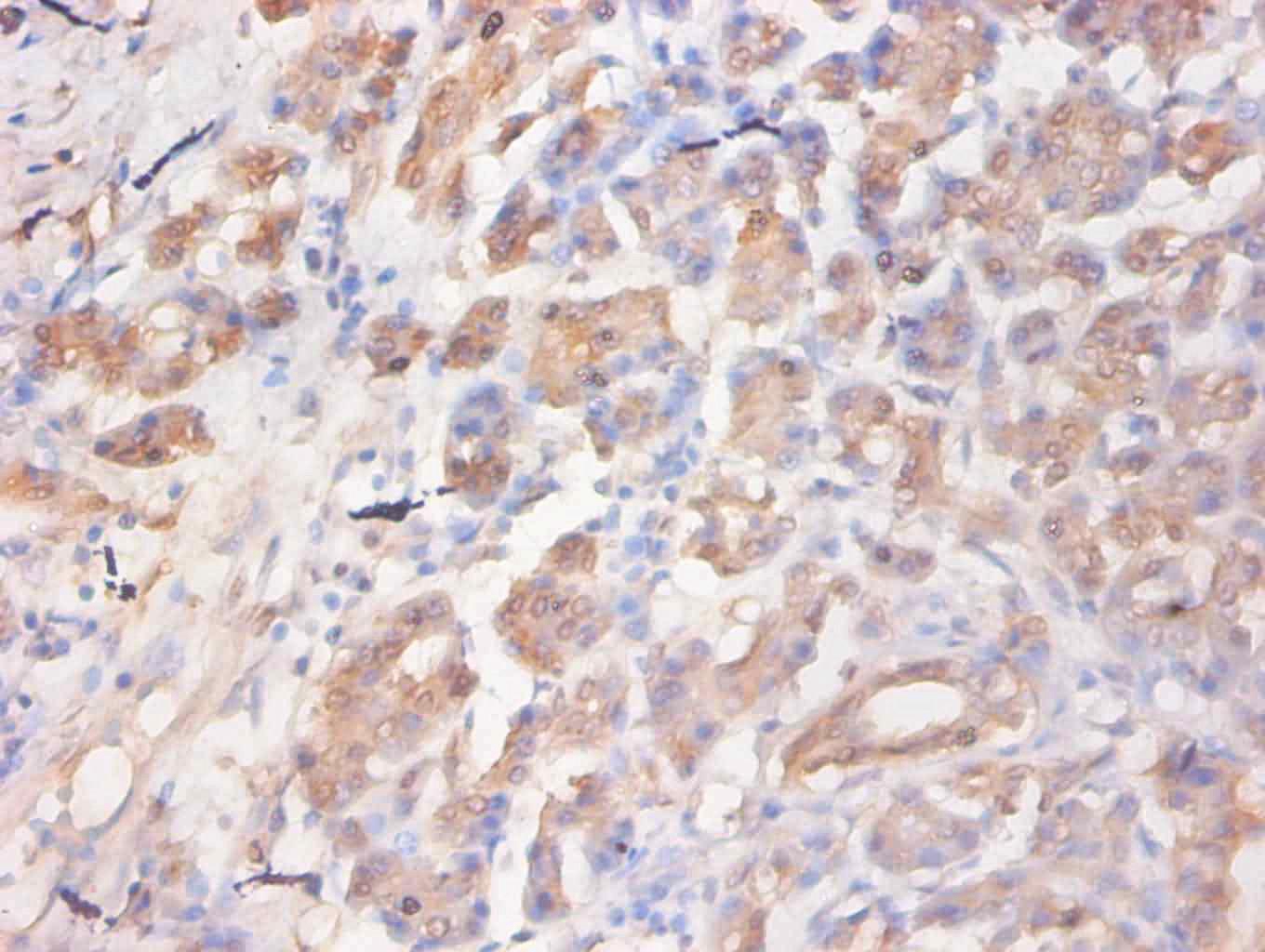Chemotactic factor that attracts monocytes and basophils but not neutrophils or eosinophils. Augments monocyte anti-tumor activity. Has been implicated in the pathogenesis of diseases characterized by monocytic infiltrates, like psoriasis, rheumatoid arthritis or atherosclerosis. May be involved in the recruitment of monocytes into the arterial wall during the disease process of atherosclerosis. [1] "Cloning and sequencing of the cDNA for human monocyte chemotactic and activating factor (MCAF)."Furutani Y., Nomura H., Notake M., Oyamada Y., Fukui T., Yamada M., Larsen C.G., Oppenheim J.J., Matsushima K.Biochem. Biophys. Res. Commun. 159:249-255(1989) [2] "The human homolog of the JE gene encodes a monocyte secretory protein."Rollins B.J., Stier P., Ernst T., Wong G.G.Mol. Cell. Biol. 9:4687-4695(1989) [3] "Human monocyte chemoattractant protein-1 (MCP-1). Full-length cDNA cloning, expression in mitogen-stimulated blood mononuclear leukocytes, and sequence similarity to mouse competence gene JE."Yoshimura T., Yuhki N., Moore S.K., Appella E., Lerman M.I., Leonard E.J.FEBS Lett. 244:487-493(1989)
[1] "Cloning and sequencing of the cDNA for human monocyte chemotactic and activating factor (MCAF)."Furutani Y., Nomura H., Notake M., Oyamada Y., Fukui T., Yamada M., Larsen C.G., Oppenheim J.J., Matsushima K.Biochem. Biophys. Res. Commun. 1

